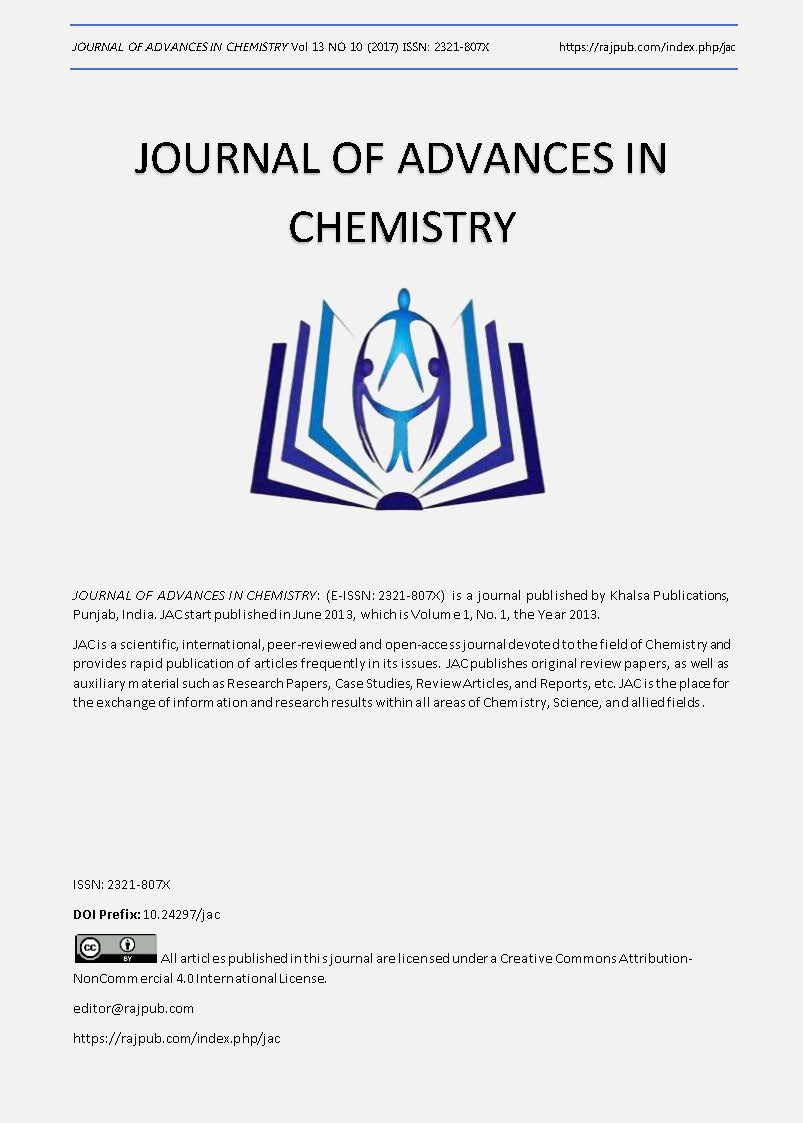Effects of Addition of Prosopis Juliflora Fiber on the Physical and Mechanical Properties of Wood Dust and Coir Pith Particle Reinforced Phenol Formaldehyde Hybrid Composite
DOI:
https://doi.org/10.24297/jac.v13i10.5720Keywords:
Prosopis Juliflora fiber, coir pith, wood dust, phenol formaldehyde, physical properties, mechanical properties.Abstract
In this study, Wood Dust (WD)/Phenol Formaldehyde (PF) and Coir Pith (CP)/PF composites were hybridized with the Prosopis Juliflora Fiber (PJF) to obtain the hybrid composites. Composites were prepared by hand moulding technique. The weight percentage of particles and fibers are fixed in the ratio of 1:1. Mechanical properties such as tensile, flexural and impact strengths were evaluated as a function of the particle and fiber loadings. The results show that the properties of both the WD and CP composites obviously improved by the addition of the PJF. The improvement in WD/PF composites was obviously higher than the CP/PF composites for all loadings. The WD/PJF/PF hybrid composites exhibited better tensile (strength of 48.9 MPA and modulus of 1262.1 MPa, respectively), flexural (strength of 55.4 MPa and modulus of 1344.3 MPa, respectively), and impact properties (1.32 KJ/m2).Â
Downloads
References
2. Zini, E. and Scandola, M. “Green composites: an overviewâ€, Polym. Compos., Vol.32 (12), pp. 1905–1915, 2011.
3. Le, M.T. and Pickering, K.L. “The potential of harakeke fibre as reinforcement in polymer matrix composites including modelling of long harakeke fibre composite strengthâ€, Compos. Part A, Vol. 76, pp. 44–53, 2015.
4. Efendy, M.G.A. and Pickering, K.L. “Comparison of harakeke with hemp fibre as a potential reinforcement in compositesâ€, Compos. Part A, Vol. 67, pp. 259–267, 2014.
5. Husseinsyah, S and Mostapha, M. “The effect of filler content on properties of coconut shell filled polyster compositesâ€, Malaysian polym. J., Vol.6, pp.87-95, 2011.
6. Andrzej, K and Abdullah, A. “Barley Husk and Coconut Shell Reinforced Polypropylene Composites: The Effect of Fiber Physical, Chemical and Surface Properties “, Compos. Sci. Technol., Vol. 70(5), pp. 840-846, 2010.
7. Raju, A G.U., Kumarappa, B S. and Gaitonde, C V.N. “Mechanical and physical characterization of agricultural waste reinforced polymer compositesâ€, J. Mater.Environ.Sci., Vol.3, pp 907-916, 2012.
Downloads
Published
How to Cite
Issue
Section
License
 All articles published in Journal of Advances in Linguistics are licensed under a Creative Commons Attribution 4.0 International License.
All articles published in Journal of Advances in Linguistics are licensed under a Creative Commons Attribution 4.0 International License.




